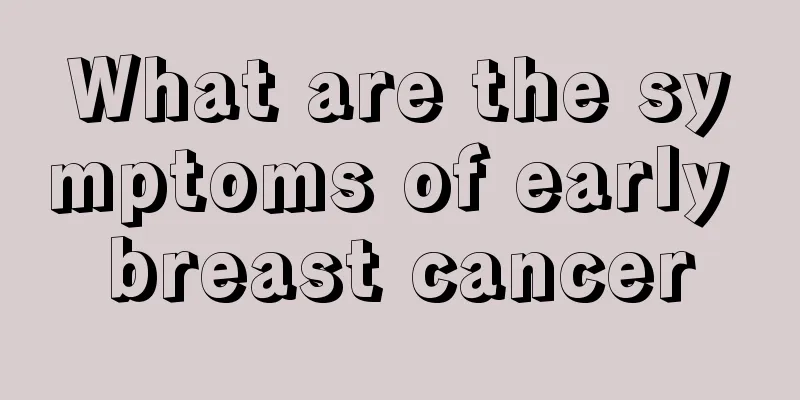Clinical manifestations of lung cancer

|
The clinical manifestations of lung cancer are closely related to the location and size of the tumor, whether it compresses and invades adjacent organs, and whether it metastasizes. Due to its hidden onset, it does not have many early symptoms, and some people are not even aware of it, and only occasionally discover it during a physical examination. Once there are obvious symptoms, it is often close to the middle and late stages, at which time treatment is very difficult, and the patient's mortality rate is high. Therefore, for lung cancer, early detection and early treatment are the most important. The following symptoms and signs are helpful for early diagnosis of lung cancer: 1. Sudden dry cough and choking cough for more than two weeks, and anti-inflammatory treatment is ineffective, or the original chronic cough suddenly changes in nature. When the tumor continues to grow and affects bronchial drainage, secondary lung infection may occur, and purulent sputum may be present, and the amount of sputum will also increase compared to before. 2. Sudden blood in sputum and unbearable chest pain without obvious explanation. Usually there are blood spots, blood threads or intermittent small amounts of hemoptysis in the sputum. Large amounts of hemoptysis are rare. Mild chest pain is also quite common in early lung cancer cases. Most of them are irregular dull pain caused by inflammation of the parietal pleura and chest wall. Continuous and severe chest pain often indicates that the cancer has directly spread and invaded the pleura and chest wall tissues, and the cancer has entered the late stage. 3. Lung auscultation reveals localized wheezing, whistling, and snoring sounds that do not change due to coughing. 4. People who have repeated inflammatory changes somewhere in the lungs. 5. Patients with localized increase in lung texture or localized emphysema that cannot be explained by general tracheitis. 6. People who smoke for a long time, have changes in cough, and have blood in sputum. |
<<: Clinical symptoms of pancreatic cancer
>>: Differential diagnosis of lung cancer and pulmonary tuberculosis
Recommend
How to correct pelvic tilt through training
If the pelvis tilts, it will cause great damage t...
How to treat sticky and uncomfortable stools
Stool can be said to be a barometer of human heal...
How to reduce belly bulge
Many women are trying to lose weight every day. S...
What should I do if white spots appear in the kimchi jar?
Kimchi is a very popular food among people. It is...
How to relieve the symptoms of advanced laryngeal cancer
Laryngeal cancer is a malignant tumor originating...
Why does my left chest hurt when I cough?
For friends who have pain in the left chest when ...
What are the symptoms of prostate cancer? Two major symptoms. Know clearly about prostate cancer
If the patient's prostate cancer is in the ea...
Early symptoms of pancreatic cancer in children
If you suspect your child has pancreatic cancer, ...
Pay attention to skin care before and after radiotherapy for nasopharyngeal carcinoma
Radiotherapy is a commonly used treatment method ...
3-ingredient formula for laryngeal cancer
The method of holding the medicine in the mouth t...
The hazards of electric heating knee pads
Many people have discomfort in their joints, so w...
Identification of common similar diseases of prostate cancer
Prostate cancer is a common type of malignant tum...
How to use cufflinks
Cufflinks are actually something used on cufflink...
Why are my ears itchy and watery? Beware of infection
Itchy ears are a common phenomenon. Some people e...
What foods can relieve liver depression? There are only 3 steps from liver depression to liver cancer
Liver Qi Stagnation is a term in traditional Chin...









